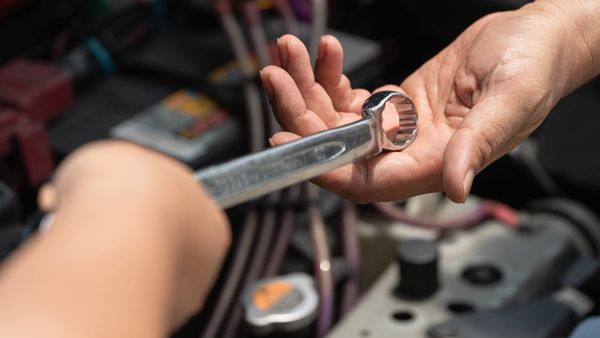Supplier Alignment & Sourcing
Manufacturing Agility: Supplier Alignment & Sourcing
An agile manufacturing process gets products into customer hands fast. It helps you respond to changing demands without impacting production. It also ensures the cost of production and delivery is consistent and predictable. For this you need two things:
- A responsive - and connected - supply-chain that allows you to ...
- Quickly scale the production from new or existing suppliers up or down.
If your supply-chain is disconnected, it can leave parts of the business working at cross purposes. It can also leave you scrabbling to on-board suppliers to address new demands. An expensive error if you are already contracted with suppliers capable of fulfilling those needs – but are just not aware. Often, a lack of consistency and standards, or of a systemised approach for onboarding, is at the heart of the problem. It’s not uncommon for new supplier approval to take weeks, or even months. Yet once approved, it can still be a manual process to monitor supplier standards.
To make supplier alignment and sourcing easier, there are two things manufacturers can do:
Increase the speed of supplier onboarding
The traditional RFQ process is an extensive task. It has to be. You need suppliers to meet your needs, and standards. But the agile manufacturer requires speed. You must be able to turn the taps of your supply chain on and off. So how can you combine quality with speed? Automating part of the process is one way. Manufacturing platforms such as Microsoft Dynamics 365 provide collaborative supplier portals to enable this.
For many manufacturers, the process for adding new suppliers is manual. Part of the work can involve tracking and preventing orders from happening until the supplier has been onboarded. In food manufacturing, for example, new suppliers must provide proof of relevant certification and license before you can buy ingredients from them. You must also audit the new suppliers’ processes before you can place those orders.
Failure to follow this process could create problems down the line. Ordering products from a non-compliant supplier, that were later recalled, could lead to fines and loss of business.

An integrated process, which updates supplier records with automatic approval upon completion of audit and certification, provides a faster, more agile approach to supplier onboarding. Workflow management dictates how documents flow through the system and indicates who must complete a task or approve a document. With a reduced supplier evaluation time, manufacturers can pivot to meet demand.
Utilising a central portal gives both you and your suppliers a single shared view of information, acting as a platform for suppliers to provide and receive timely information throughout the engagement. As a result, managing supplier information becomes a collaborative two-way effort.
Once you have your list of suppliers, managing the flow of information is next:

Manage your list of trusted suppliers
Now you have your list of suppliers, automating documentation management increases efficiency further. Rather than chasing suppliers for necessary standards information, only when the need arises, instead create workflows to automate information requests. Workflows direct the system to send automated messages to suppliers to ensure records are kept up-to-date.
Without a connected system, the phone, email, and a spreadsheet are your best tools for keeping supplier lists up to date. Whereas a central ‘always-on’ portal allows you to:
- Establish consistent processes; you can define the approval process for specific documents and ensure they are processed and approved in a consistent and efficient manner.
- Increase process visibility; you can track the status, history, and performance of specific workflows. This helps determine whether changes should be made to improve efficiency.
- Create a centralised work list; users can view a centralised work list to view workflow tasks and approvals assigned to them across all workflows they participate in.
This gives confidence that your list of providers remains vetted and meet the standards asked by you, thus meeting those asked of you by your customers.
Suppliers you choose to fulfil demand quickly are ready to support your needs right away. Agility and speed offer a competitive advantage for today’s manufacturer.
To discover how HSO can help you source, align, and manage your suppliers, book your complimentary, no obligation consultation to understand what Microsoft Dynamics 365 can do for your organisation.




